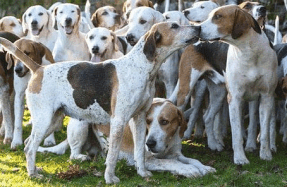Green and pheasant land

Always a bird for the table, pheasants have been taken by falconers and various other methods for centuries since their probable introduction by the Romans.
The first documentary evidence of the pheasant in Britain comes in 1059 when King Harold offered the canons of Waltham Abbey a “commons” pheasant as an alternative to a brace of partridges. After the Norman conquest the birds were protected and nurtured as a delicacy for baronial banqueting tables.
Primarily a food source, their potential flying ability was unconsidered — until, that is, the advent of gun manufacturing when it became possible to contemplate driven pheasant shooting as a sport.

In their book, (Debrett’s, 1980), Anthony Vandervell and Charles Coles state:
You’re reading a preview, subscribe to read more.
Start your free 30 days



